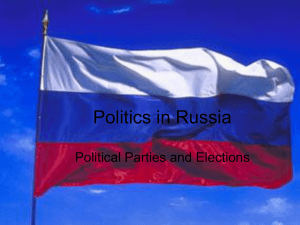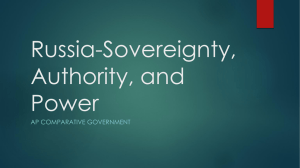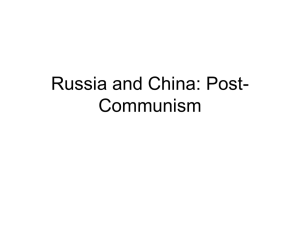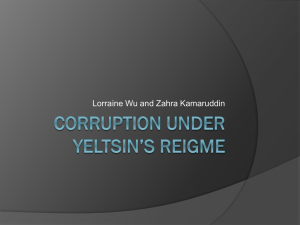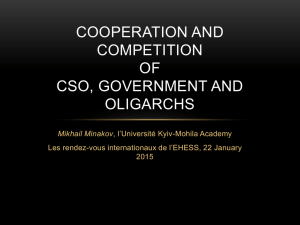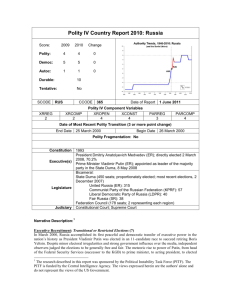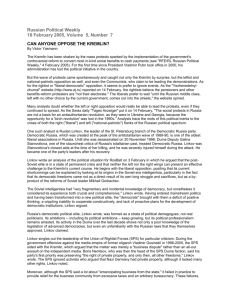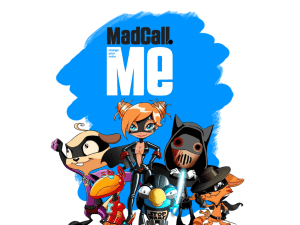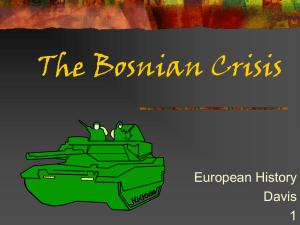Russia Presentation IV Political and Economic
advertisement
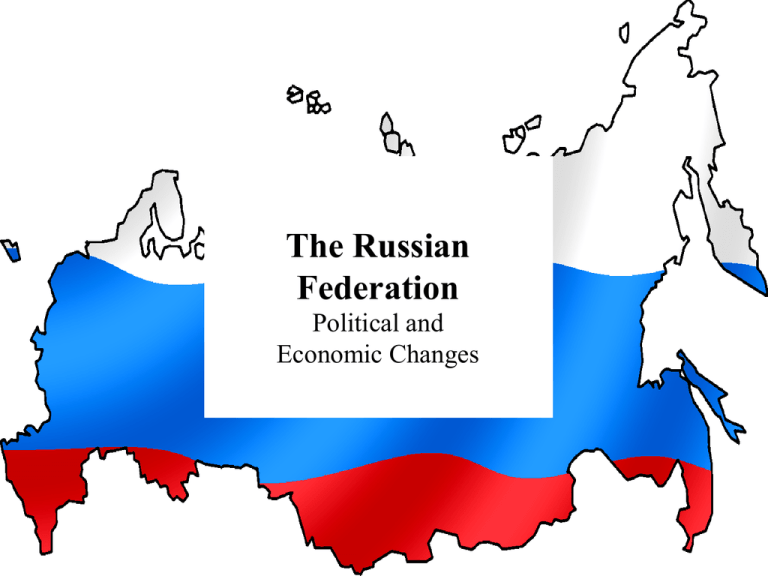
The Russian Federation Political and Economic Changes Presentation Outline IV. Political and Economic Changes a) The Yeltsin Years (1991-2000) b) The Putin Years (2000-present) IV. a) The Yeltsin Years (1991-2000) 1) Shock Therapy (from command economy to market economy) 2) Rise of the oligarchs 3) Democratization 4) Political and economic instability Shock Therapy • Yeltsin rapidly implemented the market reforms which had begun under Gorbachev • All state-owned industries were rapidly privatized between 1992-1996 including the oil and gas industries Between 1992-93 each Russian citizen was supposed to be given an “equal share” of privatization vouchers which they could use to invest in former state-owned companies. In reality, not every citizen got the vouchers and many desperately poor citizens sold their vouchers to more wellconnected and richer Russian businessmen. Loans for shares • Facing a severe deficit and short funds for the 1996 presidential election campaign, Yeltsin’s government needed to raise money • The government auctioned off shares in major state -owned oil, gas, and mining companies at very low prices • This short-term solution temporarily eased the deficit but put Russia’s major resources in the hands of a small group of private citizens Major Privatizations Mining: World’s largest nickel and palladium producer Natural Gas: largest extractor of natural gas in the world Steel: Russia’s largest steel company Oil: Russia’s major oil producer and exporter Television: Channel One station, Russia’s largest TV station Rise of the oligarchs • A small group of citizens quickly built gigantic fortunes by acquiring control of major industries • Many of the “oligarchs” previously had connections in the Soviet regime and were in the right place at the right time to gain control of former state-owned industries • The oligarchs were close allies of Yeltsin, and helped fund his 1996 re-election campaign • The oligarchs had tremendous political and economic influence in the 1990s Some of the well-known oligarchs Boris Berezovsky Owned Channel One TV Station Worth 3 billion USD in 1997 Mikhail Khodorkovsky Owned Yukos Oil Company Worth 7 billion USD in 2003 Valdimir Potanin Owned Norlisk Nickel Mining Company Currently worth 5 billion USD Democratization • Yeltsin’s presidency was confirmed by a statewide referendum in 1991 • Yeltsin introduced a democratic constitution in 1993 which was approved in another statewide referendum • The 1993 elections to the Duma were considered very competitive • Yeltsin won re-election in 1996 in a second round run-off against his Communist challenger Unlike Putin, Yeltsin was an independent and had NO Party! No party had a majority of the seats in the Duma which made it very hard for Yeltsin to get legislation passed. He did NOT get along well with the Duma but it was democratic. 1996 Presidential Election Political and economic instability • • • • • • • Russia’s GDP fell by 50% during the 1990s Inflation was over 25% Unemployment reached 13% Life Expectancy dropped Russia’s currency (ruble) was devalued Yeltsin ruled by decree during the early 1990s The Duma tried to impeach (remove) Yeltsin before the 1993 Duma elections but failed to get the supermajority needed (66%) • Yeltsin dissolved the Duma in 1995 (first and only time this has happened) The Yeltsin Years were characterized by economic instability. Russia’s GDP was significantly lower under Yeltsin than under Gorbachev. IV. b) The Putin Years 1) Campaign against the oligarchs 2) Creation of United Russia 3) Constitutional Reforms 4) Political and economic stability Campaign against the oligarchs • Between 2000-2003 Putin began a campaign to discredit and persecute oligarchs who did not support him politically • Boris Berezovsky fled Russia and is currently living in the U.K. • Mikhail Khodorkovsky was charged with fraud and corruption and is currently serving a 10 lengthy sentence in a Russian prison (Amnesty International believes he was wrongly accused) • The oligarchs lost control of the media which was now under state control • Putin also nationalized the oil and gas industries, giving the Russian government a huge source of revenue and control over two key resource industries • A few oligarchs loyal to Putin were allowed to keep control of some industries The two largest state-owned oil and natural gas companies Oligarchs are not popular in Russia and Putin’s campaign against the oligarchs had substantial public support. United Russia •In 2000 Putin created United Russia which would run candidates in Duma elections •United Russia would become the dominant party in the Duma which gave Putin influence over the Duma •In 2005 United Russia created a Youth Wing called the Young Guard of United Russia •By 2003 United Russia had a near majority in the Duma •By 2007 it had an overwhelming majority Constitutional reforms • In 2000 Putin created 7 new federal districts each with an envoy appointed by the President to ensure that the 83 federal subjects adhere to Russian federal law. • The Constitution was amended in 2003 to allow the President to appoint or remove regional Governors (elections for Governor were reinstated in 2012) • In 2005, Putin amended the electoral system- eliminating SMDNow Russia’s Duma is elected entirely based on proportional representation • Also in 2005, Putin added a 7% minimum threshold for political parties to win seats in the Duma- Before 2005, the threshold was set at 5% Parties which get under 7% of the popular vote get no representation in the Duma. This has reduced the number of parties in the Duma. The old switcheroo •Medvedev amended the Constitution in 2011 to allow Putin to run again as President and also extended the president’s term from 4 to 6 years. •Many political scientists believe that Medvedev had worked out a deal with Putin back in 2008. Political and economic stability • Russia’s GDP has grown significantly since Putin took power in 2000 and continued growing under Medvedev • Unemployment has been much lower • Living standards have risen • Poverty is still a problem but is lower than it was under Yeltsin • There have been no major disagreements between Putin and the Duma Source: PEW Research Keep in mind that President Obama’s approval ratings are around 50% and Boris Yeltsin’s were under 5% in 1999
